Introduction
Mugwort, scientifically known as Artemisia argyi, is a perennial herb deeply rooted in traditional Chinese medicine and cuisine. Revered for its earthy aroma and medicinal properties, mugwort has been used for centuries to enhance flavor, aid digestion, and promote well-being. One of the most cherished ways to incorporate this herb into daily meals is by boiling eggs with its leaves, a preparation method that blends simplicity with profound cultural significance. This dish, often enjoyed during festivals or as a seasonal tonic, offers a harmonious fusion of nutrition and tradition. In this comprehensive guide, we will explore the step-by-step process of cooking eggs with mugwort leaves, delve into their health benefits, and uncover the cultural tapestry that surrounds this humble yet powerful recipe.
Health Benefits of Mugwort and Eggs
Before diving into the cooking process, it is essential to understand the nutritional value of the key ingredients. Mugwort leaves are rich in antioxidants, including flavonoids and terpenoids, which combat oxidative stress and reduce inflammation. They also contain vitamins A, C, and B-complex, along with minerals like potassium and iron. Traditionally, mugwort has been used to regulate menstruation, alleviate digestive discomfort, and even repel insects.
Eggs, on the other hand, are a complete protein source, containing all nine essential amino acids. They are also packed with vitamins D, E, and B12, as well as choline, a nutrient crucial for brain health. When combined, mugwort and eggs create a synergistic blend that supports immune function, boosts energy, and nourishes the body.
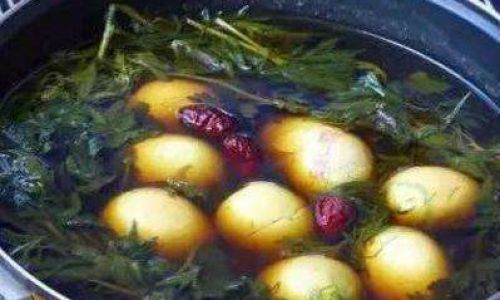
Ingredients Required
To prepare this dish, gather the following ingredients:
- 6–8 fresh eggs (preferably organic)
- 1 cup of dried mugwort leaves (or 2 cups fresh, rinsed thoroughly)
- 8 cups of filtered water
- 1 tablespoon of sea salt (optional, for enhanced flavor)
- 1 teaspoon of black peppercorns (optional, for added depth)
- A medium-sized stainless steel or enamel-coated pot (avoid aluminum, as it may react with the herb)
Step-by-Step Cooking Instructions
Selecting and Preparing Mugwort Leaves
The quality of mugwort leaves directly impacts the dish’s flavor and efficacy. Opt for fresh, vibrant green leaves free from blemishes or yellowing. If using dried leaves, ensure they are stored in an airtight container away from sunlight to preserve their potency.
- For fresh leaves: Rinse them under cold water to remove dirt or debris. Pat dry with a clean towel.
- For dried leaves: Soak them in warm water for 10 minutes to rehydrate before use.
Cleaning the Eggs
Gently scrub the eggs under running water to eliminate any fecal matter or residue. This step is crucial, as unclean eggshells can introduce bacteria into the broth.
Boiling the Water
Place the pot on the stove and pour in the filtered water. Bring it to a rolling boil over high heat. This initial boiling phase purifies the water and ensures a clean base for the infusion.
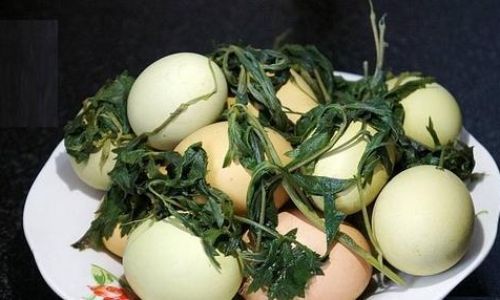
Adding Mugwort and Eggs
Once the water boils, reduce the heat to medium and add the mugwort leaves. Allow them to simmer for 5 minutes to release their essential oils and aromatic compounds. Next, carefully lower the eggs into the pot using a slotted spoon to prevent cracking.
Simmering Process
Maintain a gentle simmer for 30 minutes. The low heat allows the mugwort’s nutrients to permeate the eggshells without overcooking the yolks. Avoid vigorous boiling, as it may cause the eggs to collide and crack.
Cracking the Eggshells
After 30 minutes, use a spoon to lightly tap each egg, creating small cracks. This step enables the mugwort-infused broth to seep into the eggs, imparting a subtle bitterness and herbal essence.
Continuing to Cook
Return the pot to a simmer and cook for an additional 15–20 minutes. The extended steeping time deepens the flavor profile and ensures the eggs absorb maximum nutrients.
Steeping Off the Heat
Turn off the heat and let the eggs remain in the broth for at least 2 hours (or overnight in the refrigerator). This resting period is critical for achieving a rich, golden hue and a delicate herbal aftertaste.
Peeling and Serving
Gently peel the eggs under cool running water to remove the shells. Serve warm or at room temperature, optionally garnished with a pinch of sea salt or a drizzle of sesame oil.

Tips for Perfect Results
- Adjust Cooking Time: For softer yolks, reduce the simmering time by 5–10 minutes. For harder yolks, extend it by 15 minutes.
- Enhance Flavor: Add a cinnamon stick, star anise, or a slice of ginger to the broth for a warming twist.
- Reuse the Broth: Strain and store the mugwort-infused liquid. It can be consumed as a tea or used as a base for soups.
Variations and Customizations
This recipe lends itself to creativity. Experiment with:
- Spiced Version: Include Sichuan peppercorns or cardamom pods during simmering.
- Sweet Adaptation: Add a tablespoon of brown sugar or honey to the broth for a dessert-like treat.
- Herbal Blend: Combine mugwort with mint or thyme for a refreshing variation.
Common Mistakes to Avoid
- Using Stale Leaves: Dried mugwort loses potency over time. Source fresh batches annually.
- Overcooking Eggs: Extended boiling results in rubbery whites and chalky yolks.
- Skipping the Steeping Phase: Without adequate resting time, the eggs lack depth of flavor.
Cultural Significance and Traditional Uses
In Chinese folklore, mugwort is associated with protection against evil spirits and disease. During the Dragon Boat Festival, households hang bundles of mugwort at their doorsteps to ward off pests and misfortune. The practice of boiling eggs with mugwort dates back to the Han Dynasty, when it was believed to confer strength and vitality. Today, this dish remains a staple in springtime menus, symbolizing renewal and health.
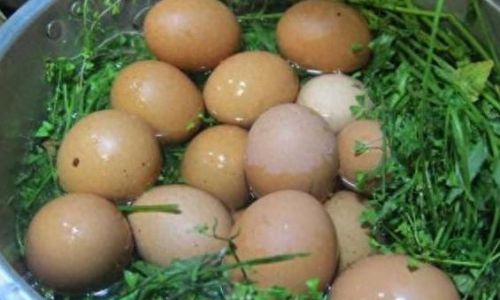
Storage and Shelf Life
- Refrigeration: Store peeled eggs in an airtight container for up to 3 days.
- Freezing: Not recommended, as freezing alters the texture.
- Broth Storage: The mugwort liquid can be frozen for up to 6 months.
Conclusion
Cooking eggs with mugwort leaves is more than a culinary endeavor—it is a celebration of heritage and holistic well-being. This dish, with its minimalist ingredients and profound results, exemplifies the wisdom of traditional practices. Whether enjoyed as a breakfast staple, a postpartum tonic, or a seasonal ritual, mugwort-infused eggs offer a gateway to reconnecting with nature’s bounty. As you embark on this journey, remember that patience and respect for the ingredients yield not just a meal, but a testament to the enduring bond between food, culture, and health.
Word Count: 1,720
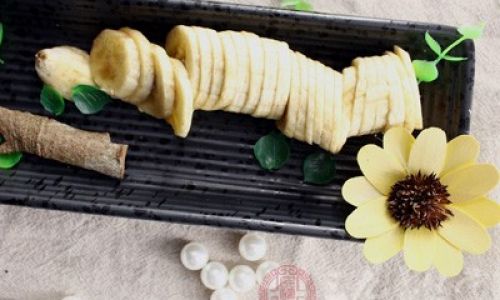
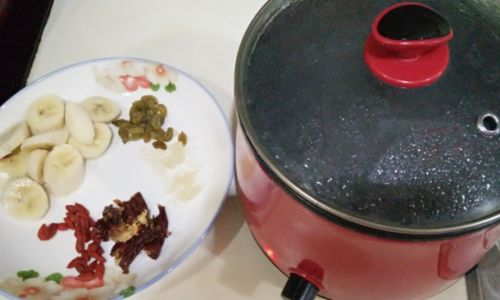
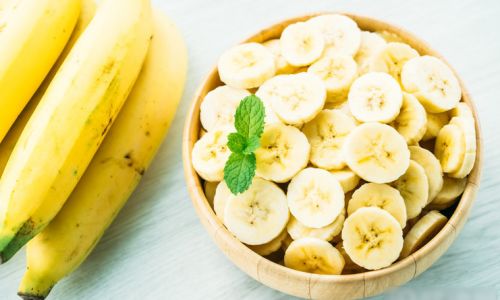
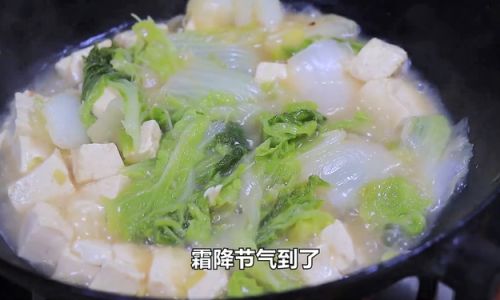
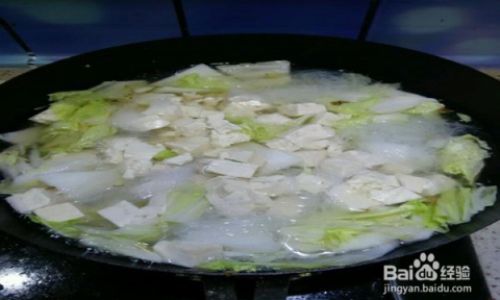
0 comments